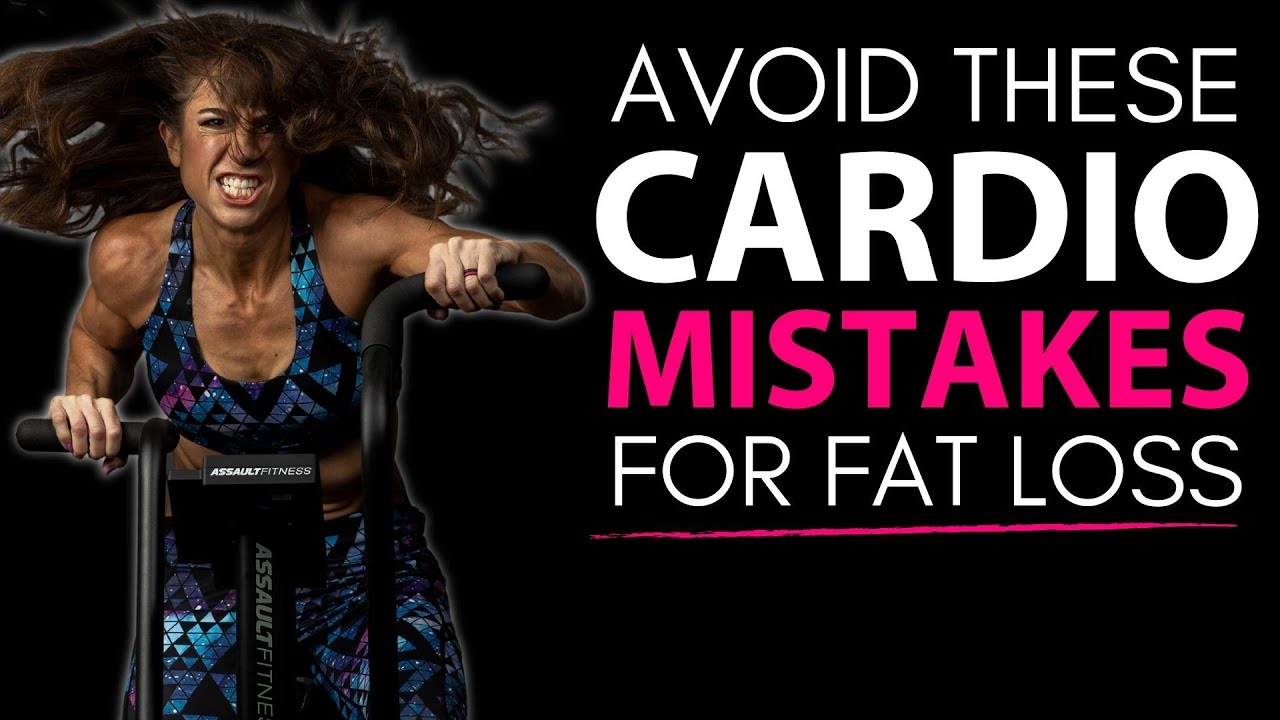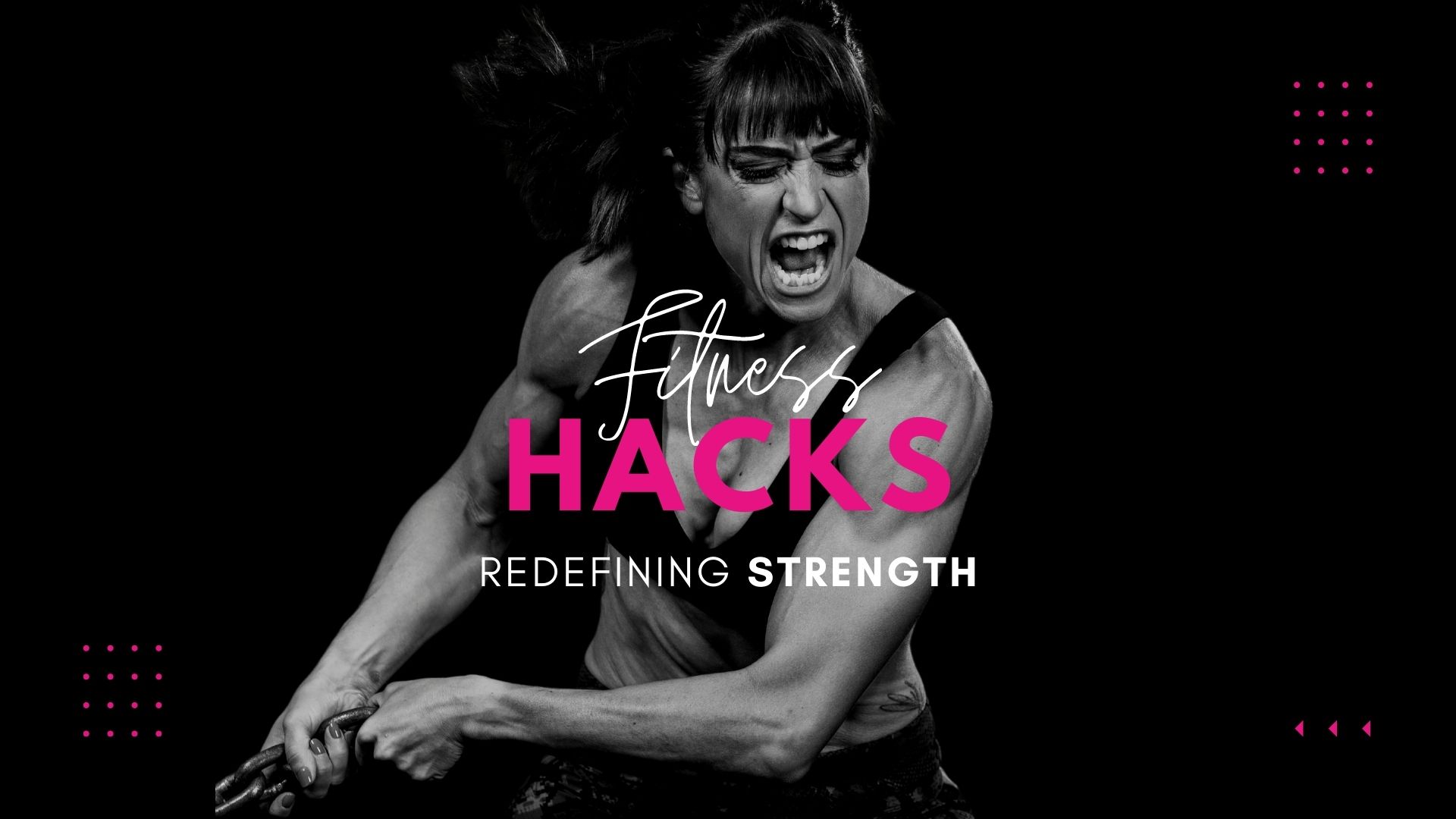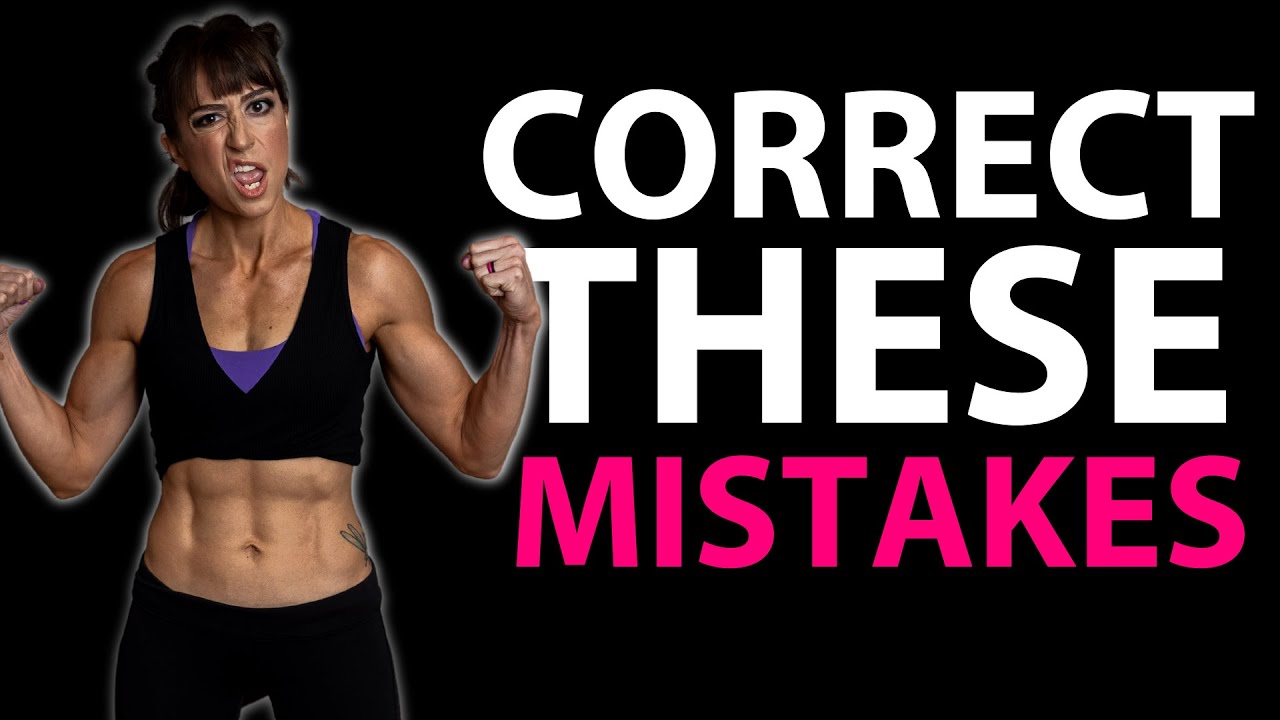
3 Cardio Mistakes For Fat Loss (And What To Do Instead)
Honestly for fat loss, cardio is overrated.
If you enjoy it, do it.
But…
A. You can’t out exercise your diet if you want optimal body recomposition results
…and…
B. Cardio can make it harder to build and retain lean muscle, which can already be a slight challenge when in a deficit to achieve fat loss.
However, if you are going to include cardio in your training routine for overall optimal health and because you enjoy it, I want to share some key mistakes most people make when it comes to cardio and fat loss and how to avoid them!
But before I dive into those common mistakes, I do just want to point out a common problem I see when it comes to our view of our training in general and fat loss…
Too often we view our workouts simply as a way to burn more calories!
It’s why we think doing more cardio is better.
We see those calories adding up faster during our training sessions.
And while yes, training can help us burn more calories to create that deficit to lose fat, focusing solely on our training as a way to create that deficit is short term thinking that often backfires.
It’s why we actually often STRUGGLE to get the results we want.
Because if you are constantly trying to only create the deficit through your training, you’re ultimately going to burn out because you’ll have to keep trying to do more.
Our body adjusts and adapts and becomes more efficient. So unless you’re constantly finding ways to train longer or do more in your cardio, you’ll end up burning fewer calories over time.
Not to mention, you’re most likely not going to see optimal body recomposition results between metabolic adaptations and a lack of attention to building muscle in your training.
You’ll especially struggle to see results if you’re focused on doing more in your training sessions while eating less.
While we may be burning a ton of calories in our training, if we’re undereating, our body will try to “protect” itself by actually finding ways to use less energy during the rest of our day.
So you’ll actually create metabolic adaptations that will backfire long term and be why you quickly regain any weight lost if you don’t keep up your insane training schedule or continually lower your calorie intake.
This is why our workouts need to have a focus beyond purely being a way to burn more calories!
Now what are 3 Cardio Mistakes And How Can You Avoid Them?
Mistake #1: Putting cardio BEFORE strength.
If we want to see the best body recomposition results, we need to stop valuing cardio over strength work.
The best way to not only achieve our desired lean aesthetic, but actually maintain it long term, is to do all we can to build and retain our lean muscle.
More lean muscle helps us burn more calories at rest and, well, look leaner and more toned as we lose the fat.
It helps keep our metabolism humming so we can more easily maintain our results long term as well.
That’s why we need to stop prioritizing cardio or doing it first in our day before our strength work.
While I’m not a huge fan of two-a-day sessions, we have to remember that what we do first, we are freshest for.
So the best way to truly lift weights and perform exercise variations that truly challenge us in our strength sessions is to do those FIRST.
If we instead do cardio first, our strength sessions will suffer. Sure we may “feel” like we’re giving them our all, but our 100% intensity won’t be a true 100%.
So if you are doing both strength and cardio sessions together in a day, put that strength work first.
And if you can, instead of even doing a harder cardio on strength days, try just going for a walk after.
Especially the closer you are to the lean look you want, the more this may actually IMPROVE your fat loss efforts, utilizing the mobilized fatty acids from the tissues surrounding the areas you worked!
If you do plan in harder cardio sessions, try to save your cardio for a separate day, even a day you have a rest day after before your next lift!
Mistake #2: Focusing on the LENGTH of our sessions over the purpose.
Interval training and “HIIT” sessions are all the rage.
And they can be a great way to get in a killer training session when you’re short on time.
But too often now we take what should be a quick INTENSE workout and drag it out for an hour.
More is better, right?
NOPE!
Generally the longer your training session, the more your intensity dips. Unless your training sessions is long due to proper rest periods.
But usually our interval workouts aren’t longer due to changes in our work to rest intervals. Usually they’re longer because we took what should be just 20 minutes of work and doubled it.
We take that 5 round 30 seconds on, 10 seconds off circuit, and instead do 2 of those in a session.
But all that does is take us past the point of diminishing returns. Our intensity drops dramatically and we don’t get the same benefit. If you were trying to work on speed even, you can ultimately end up training slowness.
By doing more, we may, sure, burn more calories, but it is often not quality volume or work. It is often where we ultimately end up compensating out of fatigue which can lead to injury and hold us back from consistently training to see those aesthetic changes we want.
Not to mention the wasted volume can be why we are so tired for subsequent training sessions and then don’t get the full benefit.
And often these sessions lead to increased levels of hunger that can derail our diet and leave us feeling depleted energy-wise.
So stop focusing on simply doing longer sessions. Design workouts based on your goals. Even if you have an hour, not every workout needs to fill it!
Mistake #3: Thinking more is better.
Our training should be fun, but our workouts need to have a clear focus and be designed with a specific goal in mind if we want the best results.
We need to stop focusing on just doing more to burn more calories.
We have to recognize that the QUALITY of our work really matters.
So while you may increase the length of your runs or rides to train for a race, simply doing more for the sake of doing more may make you “feel” more in control, but it won’t lead to better results faster.
And often it can backfire. That steady state cardio can be catabolic to muscle tissue and fight against your fat loss goals.
It can especially hold you back if you’re pushing that deficit while also trying to do more in your training.
Not only can this negatively impact energy levels but it can create metabolic adaptations that actually hinder us from continuing to lose fat.
This overtraining while under fueling can also lead to hormonal imbalances that ultimately lead to us regaining the fat and more.
SUMMARY:
Everything we include in our training needs to have a purpose and be focused on our ultimate goal.
More is not better, as much as doing more can make us “feel” more in control.
As hard as it can be, ultimately results come from trusting the process.
Dial in your workouts AND your nutrition to see the best results as fast as possible…





